In this test, the Leica 24mm f/3.4 Elmar-M ASPH proved to be one of the most difficult lens on the Sony a7R from the point of view of color casts, although the corner smear was not similarly bad.
I don’t expect the a7RII, with its Sony-regulation sensor stack, to be any better with corner smear than its predecessor, but I do expect that it, by virtue of its back-side illuminated (BSI) sensor, to be better at avoiding color casts.
So, I took this lens and made aperture series through an Expodisc at all whole f-stops. with the lens focused at infinity.

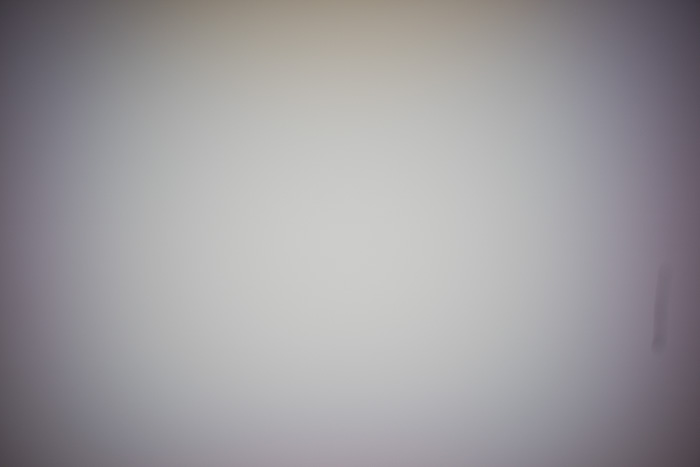

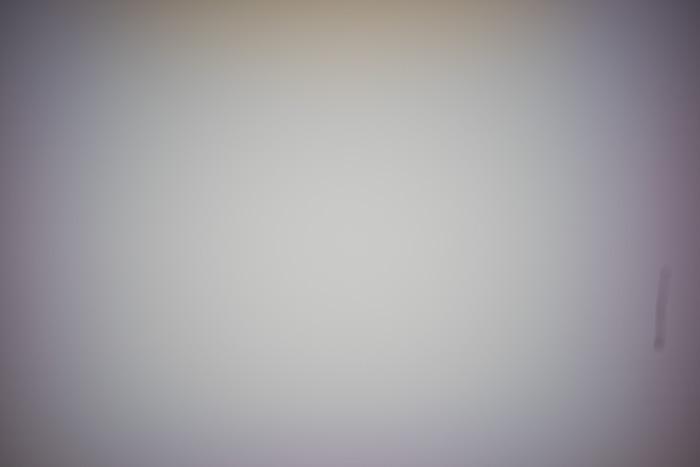

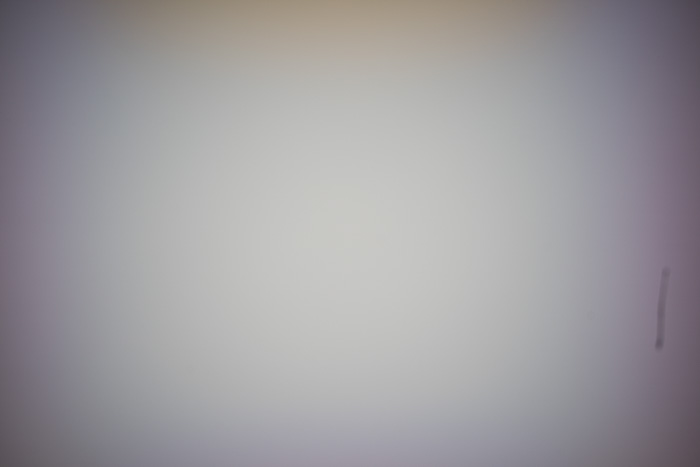

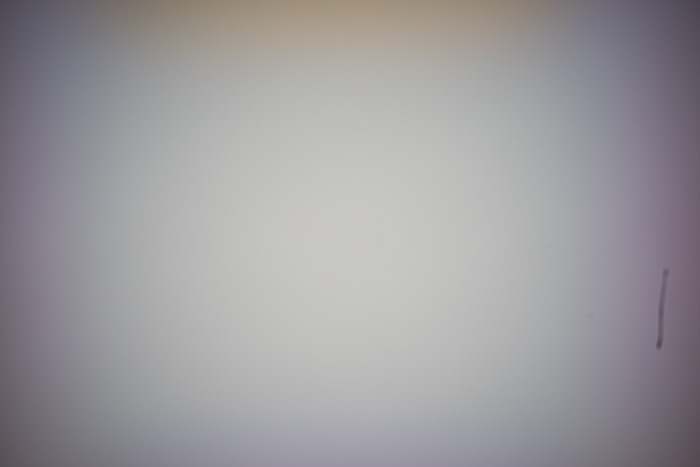

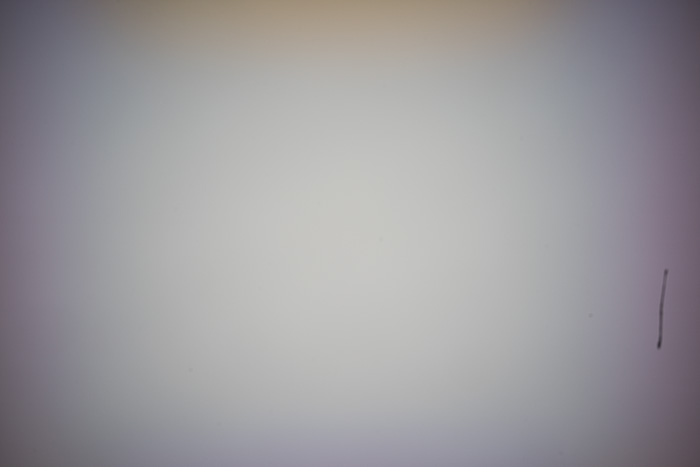
Just like with the 28/2.8 Elmarit-M, the new camera makes a big improvement. I still don’t know what that dark line on the right side of the a7R image is. It’s not on the disc. I’ll clean the sensor.
Can you characterize in linear gamma the difference in vignetting between the two cameras?
It makes me wonder if the sensor would benefit more from faster lenses than non-backside illuminated sensors.
Jim,
Why does BSI do better at such color casts?
Jack
Light-sensitive areas closer to the surface of the chip, thus less parallax with the CFA for off-axis rays.
Got it, thanks. So I guess flange distance is key? In that case, would it be dependent on the thickness of the adaptor used?